Key Takeaways
- Star Trek promotes infinite diversity through interspecies romance.
- Gene Roddenberry used the franchise to comment on cultural issues.
- Star Trek couples show love conquers all despite challenges.
From the beginning, the goal of Star Trek was to show people that the future could be a better place if everyone embraced the Vulcan philosophy: “Infinite Diversity in Infinite Combinations.” The philosophy is so important to Star Trek, that words expressing it became a mantra for the franchise and everything it stood for. One of the many ways the franchise has expressed this infinite diversity in infinite combinations is through interspecies romances. Many relationships throughout the series began and thrived through cultural divides and across the lines of conflict.
Gene Roddenberry, Star Trek’s creator, has often stated that he used science fiction as a way to comment on the culture of the 1960s in a way that traditional dramas couldn’t because of government censorship. So, it makes sense that many of the relationships he portrayed on-screen involved different species. These began as a thinly veiled allegory for interracial relationships, showing beings who fell in love despite their cultural differences or conflicts between their societies. This theme continued in the Trek shows created after his death.
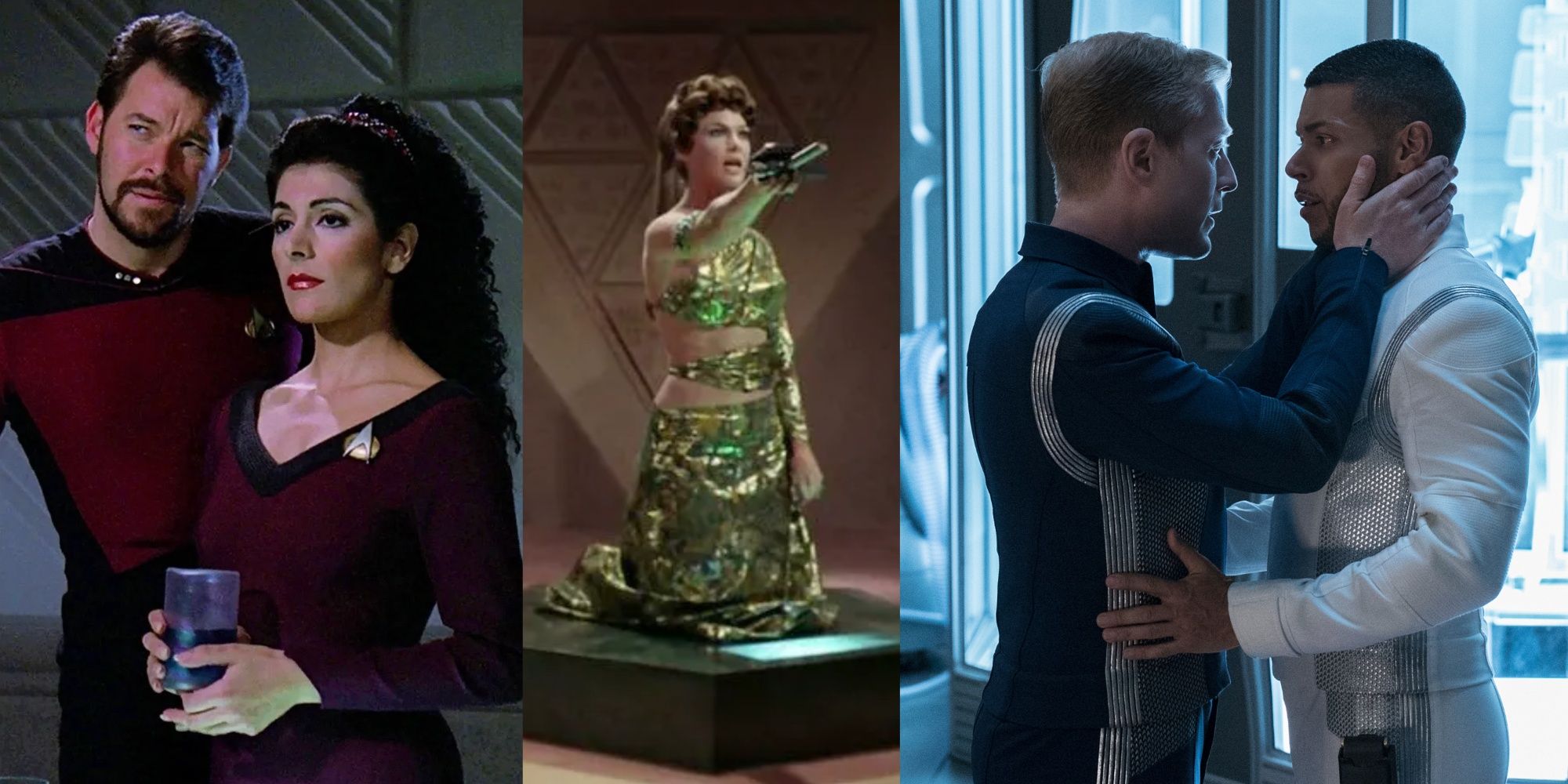
Related
7 Best Romances In Star Trek, Ranked
The Star Trek franchise has seen plenty of romances. These examples are some of the best.
In the latest episode of Star Trek: Lower Decks, “Gods and Angles,” an interspecies love story literally ended a generations-long war between two photonic species, the Cubes and the Spheres. Though Star Trek’s interspecies and cross-conflict lovers haven’t always ended wars, they have shown Trekkies that love really does conquer all. Here are some Star Trek couples who rejected cultural divides and crossed lines of conflict to be together.
T’Pol and Trip
Enterprise
Though Star Trek: Enterprise aired decades after Star Trek: The Original Series, it portrays the events of the first human deep space mission, nearly a century before Captain Kirk’s five-year mission. Trekkies saw many interspecies romances before Subcommander T’Pol and Commander Charles “Trip” Tucker got together. However, they were the first major human-alien couple in the Star Trek timeline.
In the 2100s, when Enterprise takes place, humans and Vulcans were allies, but they weren’t friends. The Vulcans tightly controlled humanity’s space exploration, and looked down on humans as an inferior species. Though Vulcans are famous for their flat affects, even their rigid emotional control couldn’t hide their disdain for humans. And humans disliked Vulcans just as much. They viewed them as oppressive overseers, delaying their advancement through the galaxy.
In the midst of all this interspecies strife, Subcommander T’Pol was assigned to work on the Enterprise NX-01, where Commander Tucker was the Chief Engineer. Though they disliked each other at first, they served together and risked their lives together. As they did so, they followed a classic “enemy to lovers” arc right into each other’s beds.
Their romance explored the significant challenges faced by couples whose cultures are very different from each other. The story is all too familiar to people who have fallen in love with someone from a distant country or a religion far different from their own. T’Pol had to face her parents’ scorn as she rejected her arranged marriage, and Trip had to endure the ruthless judgment of Vulcans who viewed him as a second-class citizen.
In spite of all of this, their love grew and thrived. However, it ended in tragedy after the loss of their genetically engineered child. They never had a chance to rekindle it, as Trip sacrificed himself to save the Enterprise NX-01 crew.
Sarek and Amanda
The Original Series; Discovery
About half a century after T’Pol and Trip’s romance, the most famous Vulcan-human romance began. Sarek met Amanda Grayson when he was serving as Vulcan’s ambassador to Earth. The two fell in love and married while Sarek was on Earth, but shortly after, they returned to Vulcan. Though they deeply loved each other, Sarek’s expression of that love was limited by his Vulcan dedication to logic.
Being a human on Vulcan was difficult for Amanda. She had to learn to hide her emotions and be satisfied with the subtle expressions of love Sarek could give her. Amanda also faced constant criticism from Vulcans, who disdained her humanity and thought she was a poor match for Sarek, especially since he held such a high status on his home planet. Having a human wife was also difficult for Sarek. He faced constant judgment for choosing a human wife and was frequently derided for being “too human,” a grave insult in Vulcan society.
Though the disapproval of their marriage often put a strain on their relationship, Sarek and Amanda’s enduring love kept them together through it all. They raised two children together — their biological child, Spock, and their foster child, Michael Burnham.
Rom and Leeta
Deep Space Nine
Rom, a Ferengi who lived on Deep Space Nine, was raised with his brother on Ferenginar, where women were considered little more than the property of their husbands. Respectable Ferengi women never wore clothes, served their male partners and children to the point that they even chewed food for them, and were legally forbidden from owning their own assets.
Leeta, a Bajoran woman who worked as a Dabo girl on Deep Space Nine, was independence embodied. She worked to take care of herself, dated whoever she wanted, and never took orders from anyone other than her boss, Rom’s brother Quark. And even those orders she took grudgingly.
Their unlikely romance bloomed when Rom, who also worked for his brother, decided to start a union and Leeta joined. She waited for Rom to ask her out for months, but he didn’t get the courage until she almost left Deep Space Nine.
When he did ask her out, their passion grew exponentially, but they soon found their cultural differences hard to manage. Though Rom wasn’t as dedicated to Ferengi culture as most of his kin, he still expected Leeta to act like a proper, subservient Ferengi woman. When she refused, Rom had to decide if he loved her enough to reject his cultural expectations.
Luckily, he made the right decision. Rom and Leeta married on Deep Space Nine during the Dominon War, and their love for each other weathered them through their separation during the war. After the war, Rom was appointed Grand Nagus, and he and Leeta moved to Ferenginar. Leeta helped implement feminist reforms on Ferenginar, and eventually ruled alongside Rom.
Benjamin Sisko and Kasidy Yates
Deep Space Nine
Though Captain Benjamin Sisko and Kasidy Yates didn’t have to deal with the obstacles of interspecies love, their love did have to endure both differing political and religious beliefs. Soon after they started dating, Captain Sisko found out that Kasidy was smuggling supplies to the Maquis, a resistance cell that opposed Starfleet. Though he was starting to love Kasidy, Sisko had to turn her in, and she went to prison.
Though that would have ended most relationships, Sisko and Kassidy rekindled their relationship once she was out of prison. They both decided that their mutual betrayals weren’t enough to stop their love, and they eventually married.
However, their relationship faced another major obstacle soon after. Sisko, who was the Emissary of the Bajoran Prophets, decided it was his destiny to join the Prophets in the wormhole that led to the Gamma Quadrant. He promised Kasidy he would return to help her raise their unborn child, and Kasidy promised to wait for him. When they left each other, it seemed their love would endure yet another unfathomable challenge. But fans will never know for sure, because Sisko’s story ended there.
These couples showed Star Trek fans that love can spark, catch, and keep burning through all sorts of challenges and in spite of all kinds of differences. And that is one of the many reasons that the franchise means so much to its fans and the world.
Source link
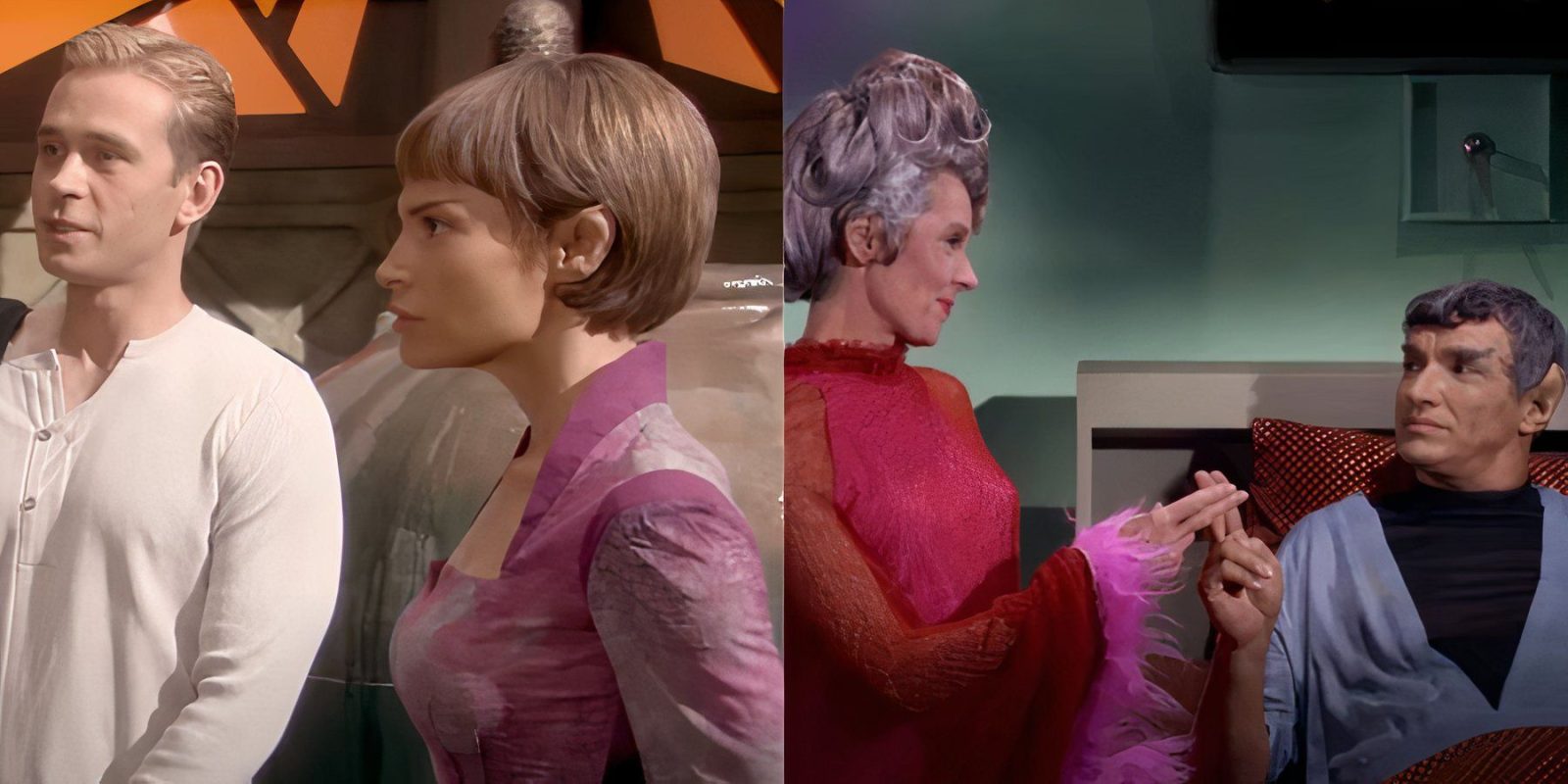

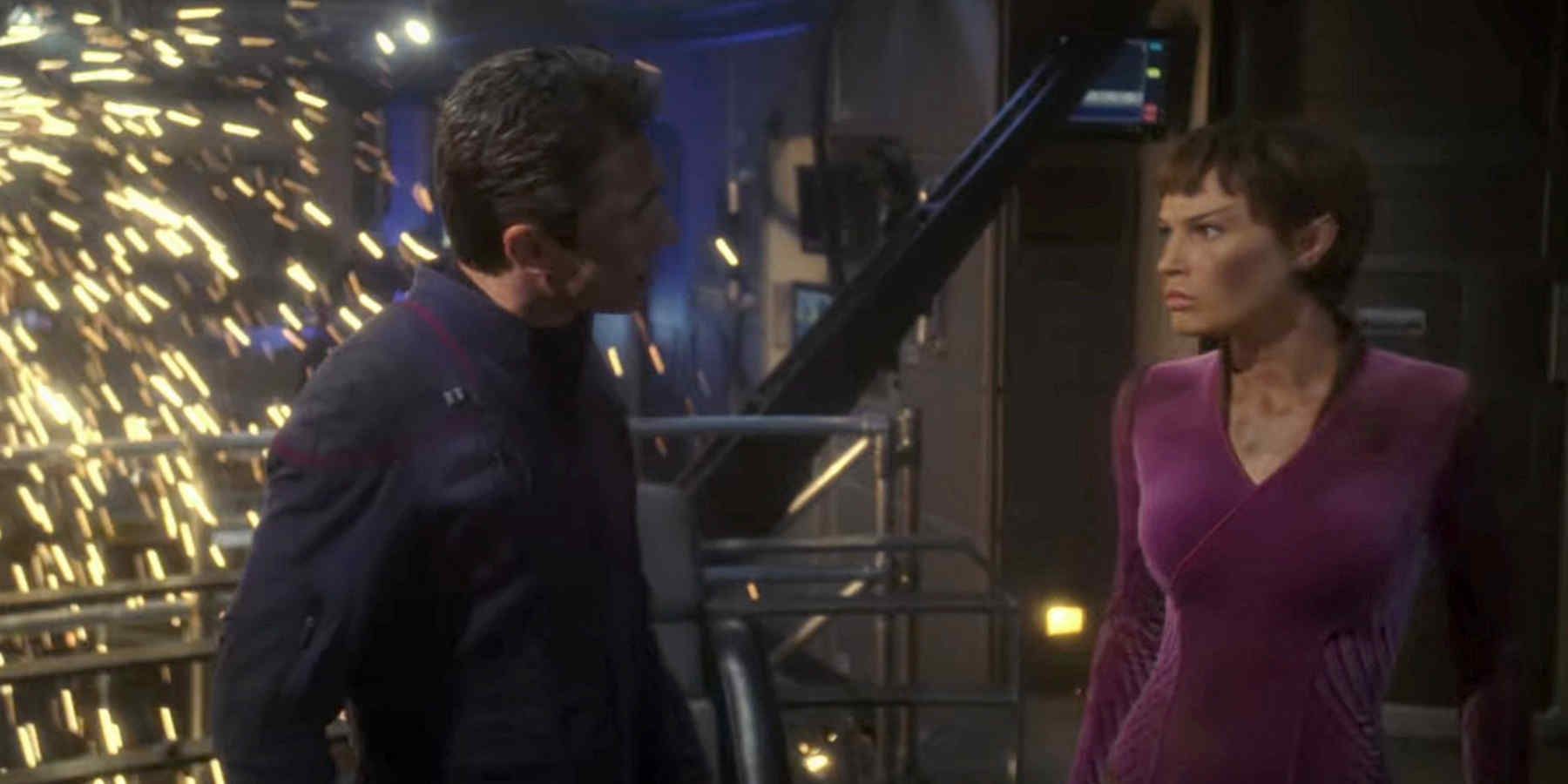
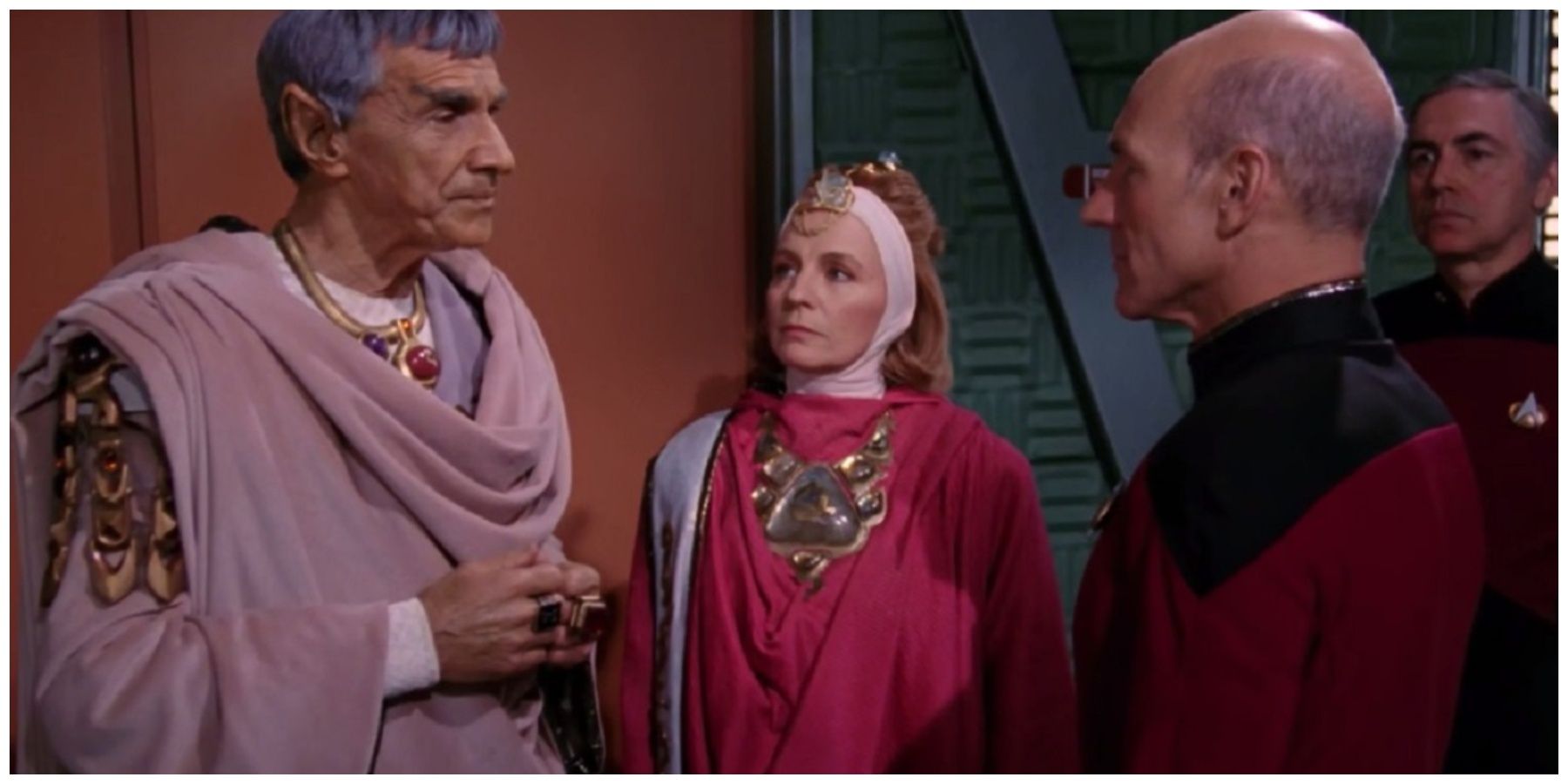
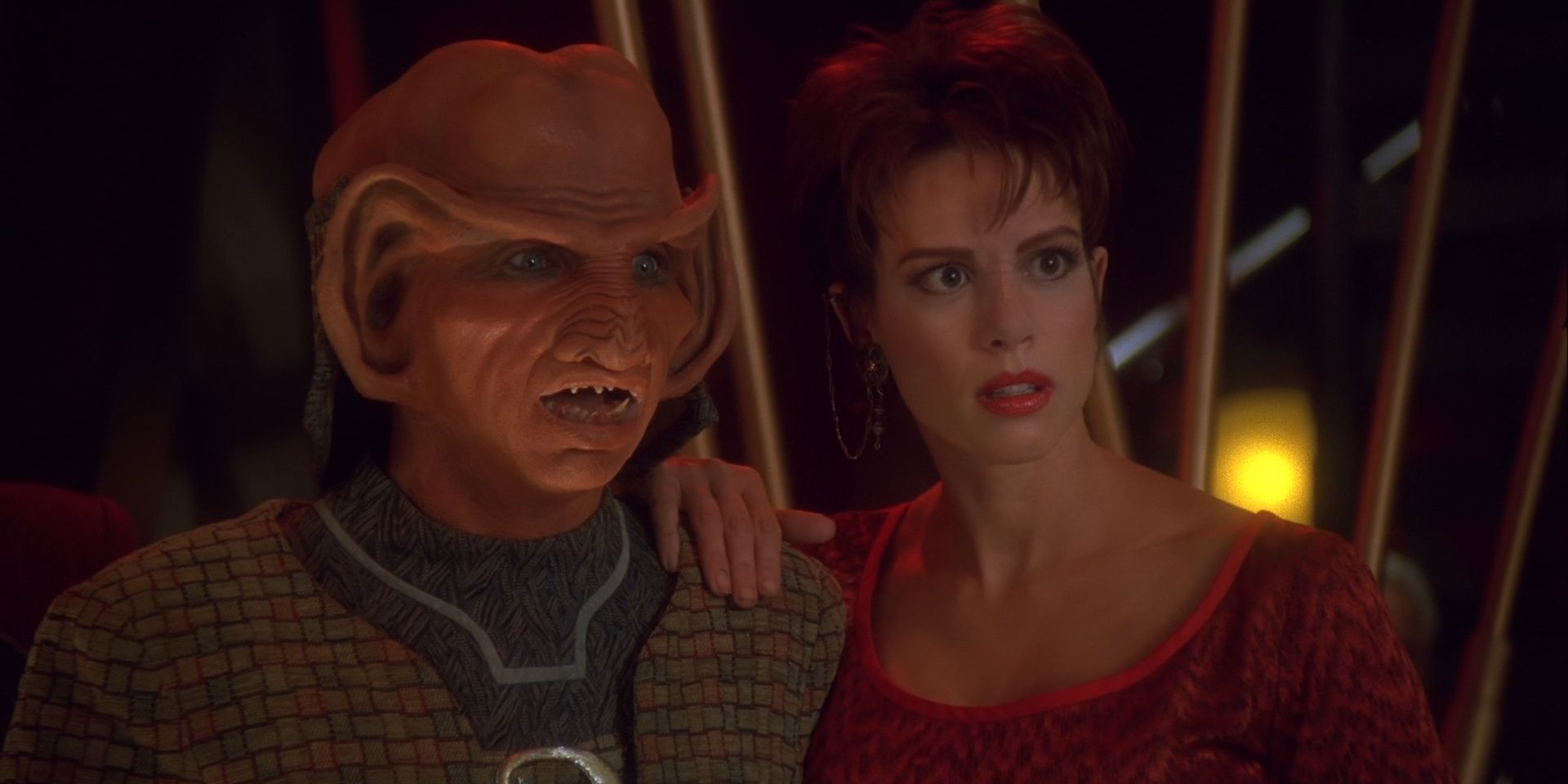
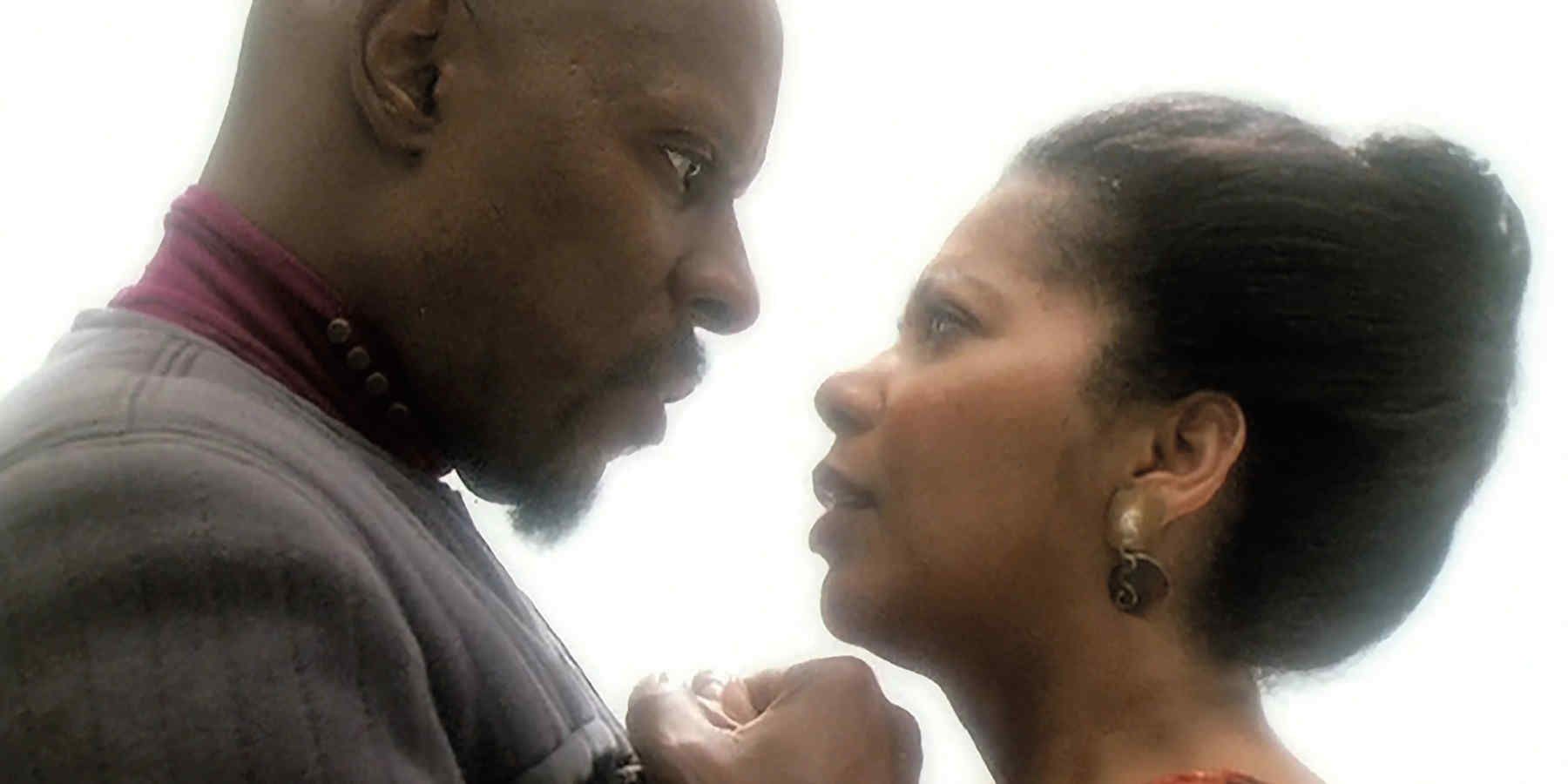







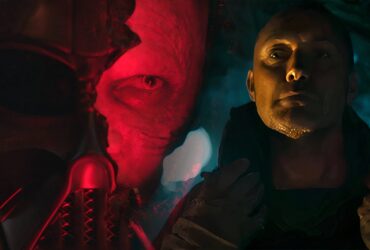

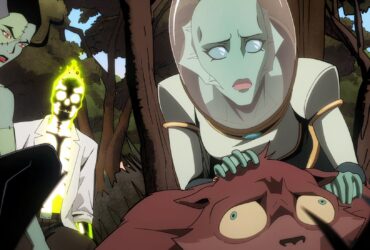

Leave a Reply